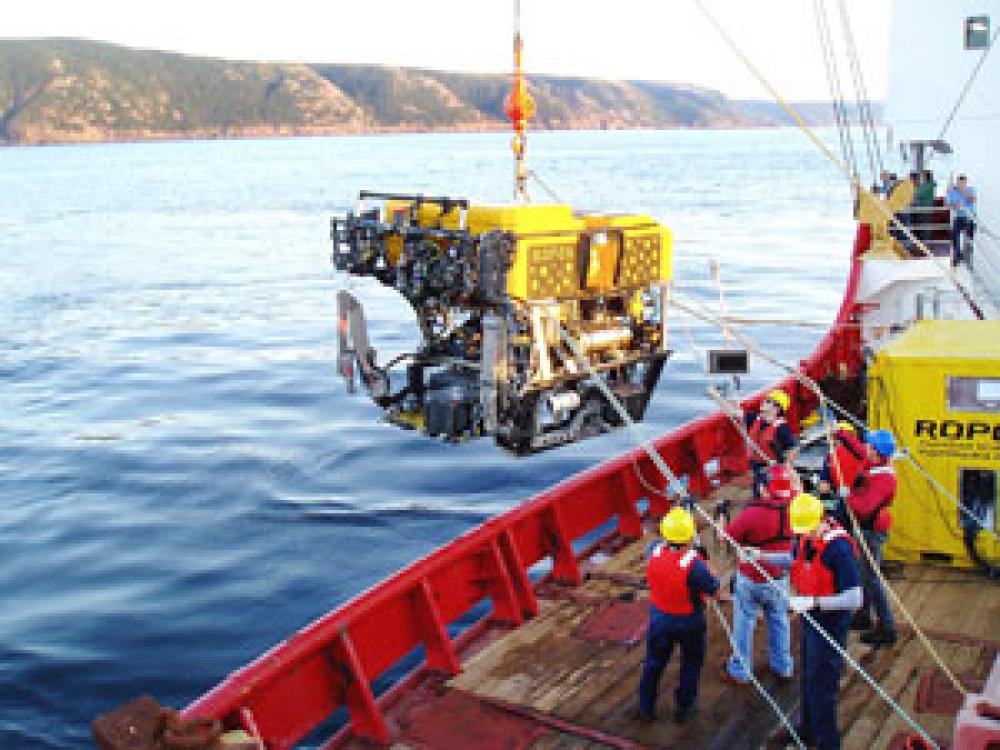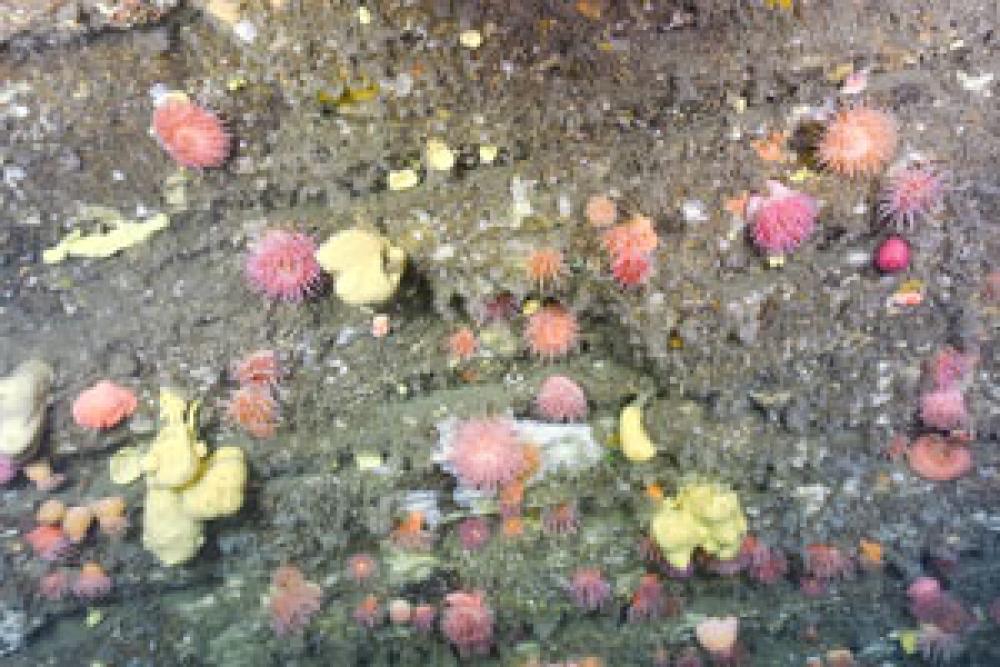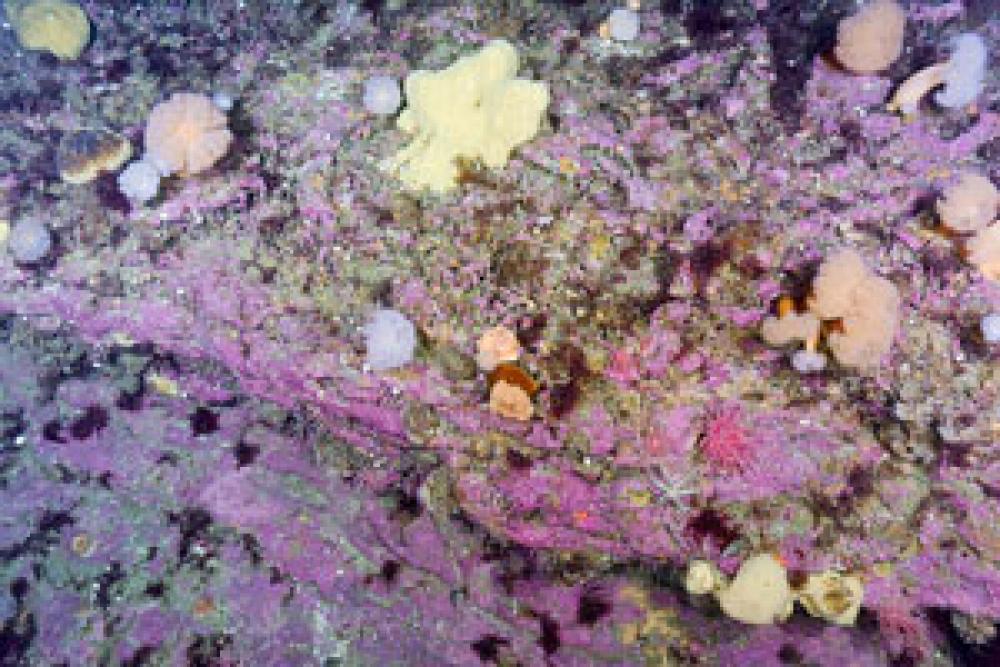
Previously Unseen Images of the Depths of the Gulf of St. Lawrence
A team of biologists from the Quebec, Gulf and Maritimes Oceans and Sciences branches took part in a unique scientific mission from August 23 to 30, 2017. It involved venturing to seldom explored or unexplored parts of the Gulf of St. Lawrence seafloor using ROPOS, a Canadian remote-controlled robot, to capture new images of the seabed and collect a variety of samples.
The mission was carried out aboard the CCGS Martha L. Black in partnership with Oceana Canada, an international organization dedicated to preserving our oceans. This partnership made it possible to promote the work performed on the mission while also allowing the public to discover the ocean depths.
Unprecedented images
"Using the remote-controlled robot, we were able to observe and film a very wide variety of organisms," explained Geneviève Faille, mission head and biologist, Marine Protected Areas, at the Maurice Lamontagne Institute (MLI). "For example, we saw some very dense sea pen fields on the Laurentian Channel floor. We also observed the presence of a rocky cliff more than 100 m high covered with sponges and sea anemones in the American Bank."
A total of more than 40 hours of video was recorded. On careful analysis of these images, it may be possible to describe the habitats observed. Recorded in high definition, the video was also streamed online as it was captured. This initiative gave a broad audience the opportunity to get a live view of seabed habitats in the American Bank as well as coral and sponge concentration areas in the Laurentian Channel and the Cape Breton Trough.
"We hope that this helps us to learn more about the ecology of sea pens and the identity (taxonomy and genetics) of sponges as well as the spatial distribution of the organisms colonizing the cliff in the American Bank," added Virginie Roy, research scientist, Demersal and Benthic Science Branch, at MLI.
Samples of water, organisms and sediment
Equipped with articulated arms, ROPOS also collected samples of water, organisms and sediment for analysis over the coming months by various specialists. Scientific publications providing important information on species diversity, abundance and ecology, including interactions between species and their habitats, will be produced through 2020.
To learn more about the project and view images of the Gulf of St. Lawrence seabed, visit:
ROPOS
ROPOS, or Remotely Operated Platform for Ocean Science, is an autonomous underwater vehicle used to capture video and images and collect samples of the seabed. It can tolerate depths of up to 5,000 m below sea level. The robot is equipped with high-definition cameras and projectors and a number of other technical features, including motorized arms that can collect live samples. ROPOS can be used to explore all types of seafloors, including rocky and very steep areas that are typically inaccessible to standard equipment.
Josiane Melançon
Ecosystem Management

DFO G. Faille
The remote-controlled submersible ROPOS being deployed off the coast of Cape Breton.

Sea anemones and sponges on the cliff in the American Bank

Coralline algae, anemones and sponges on the crest of the American Bank





